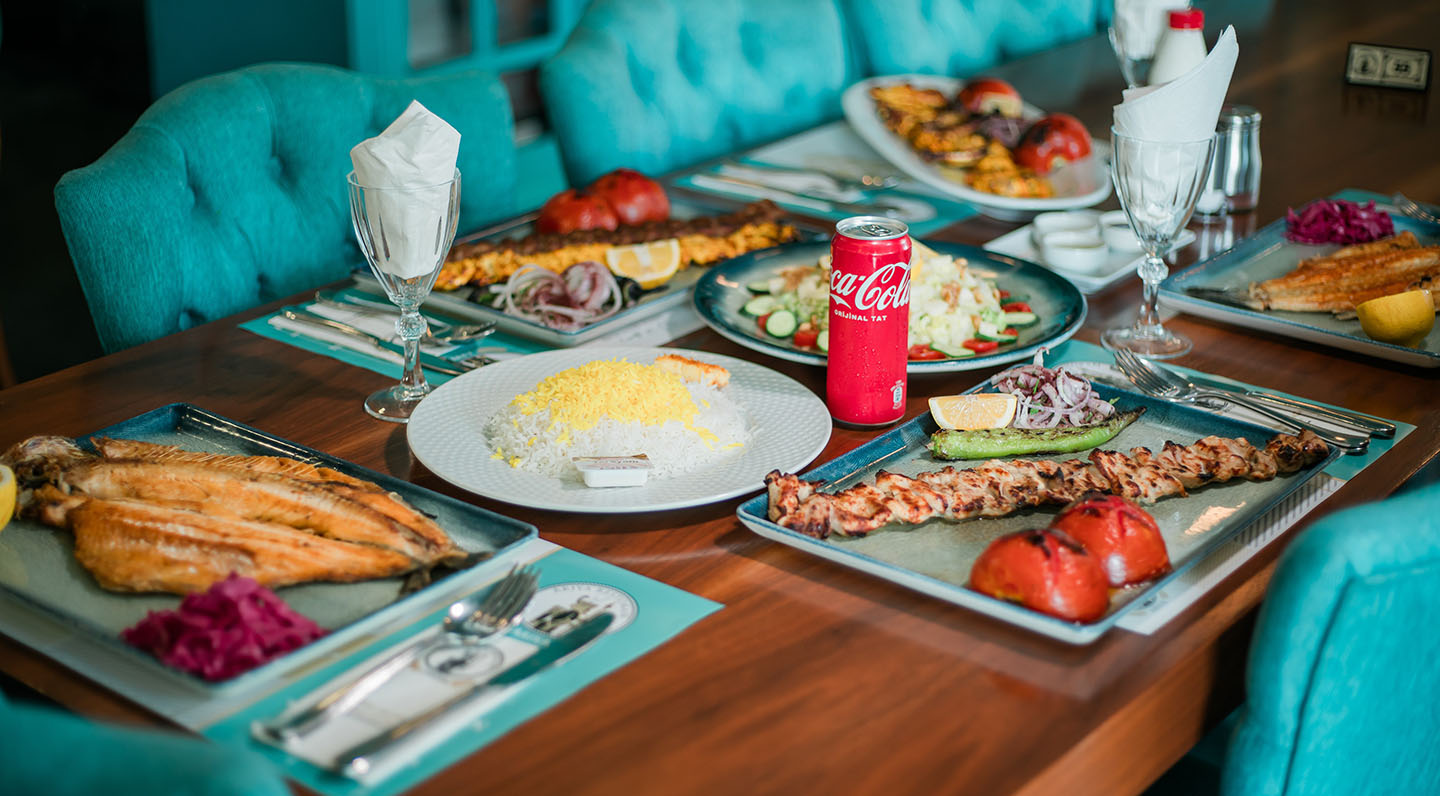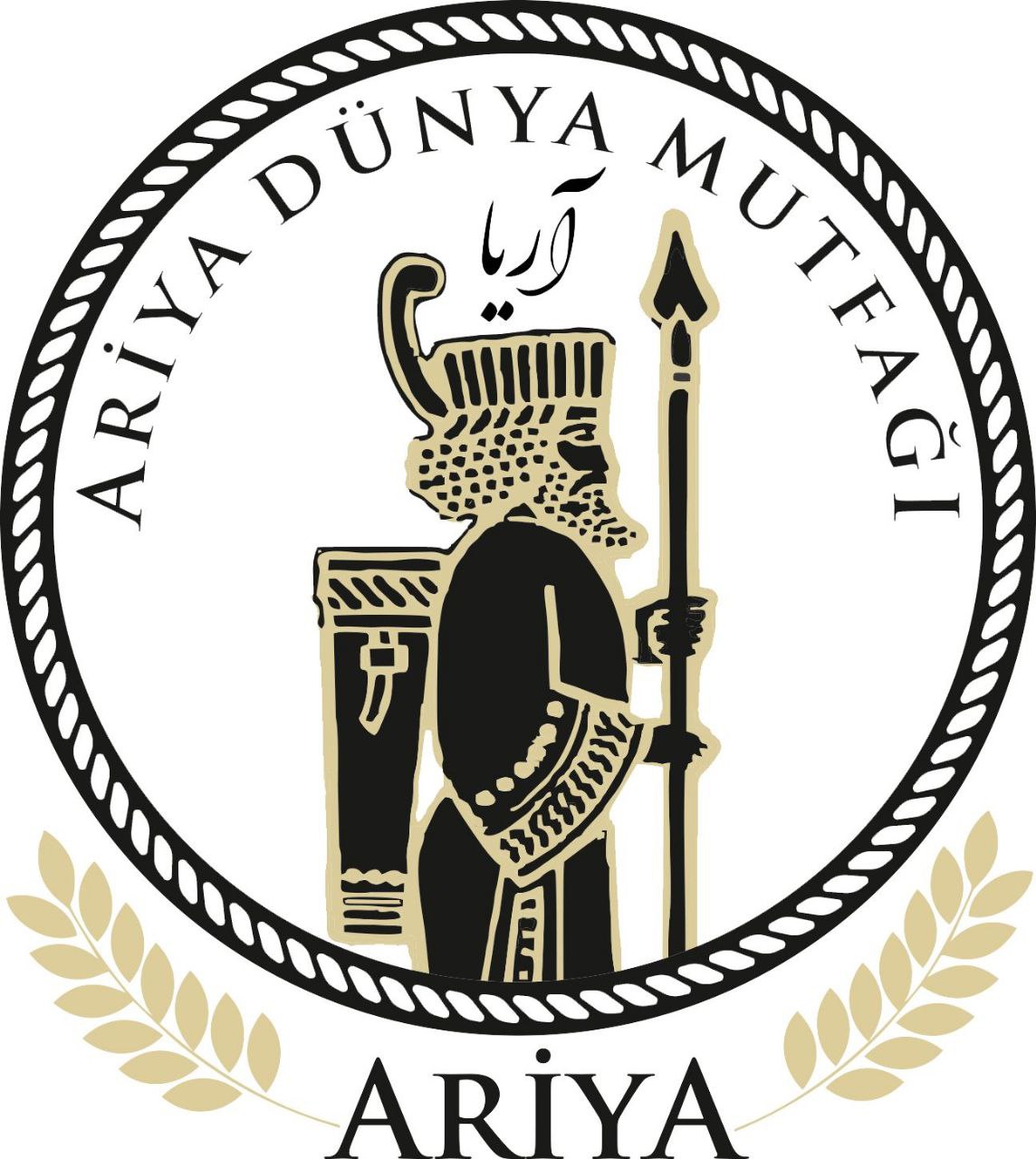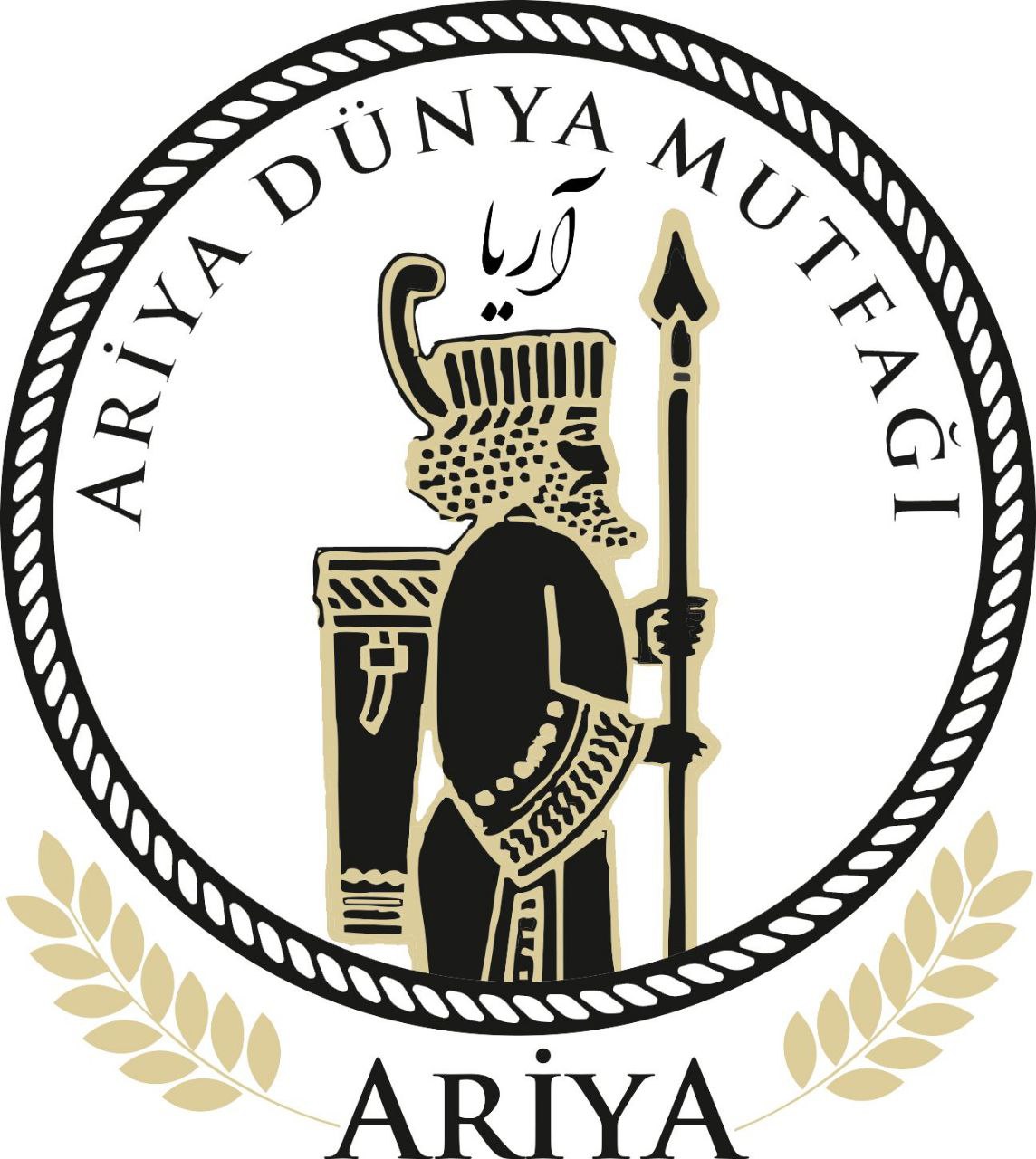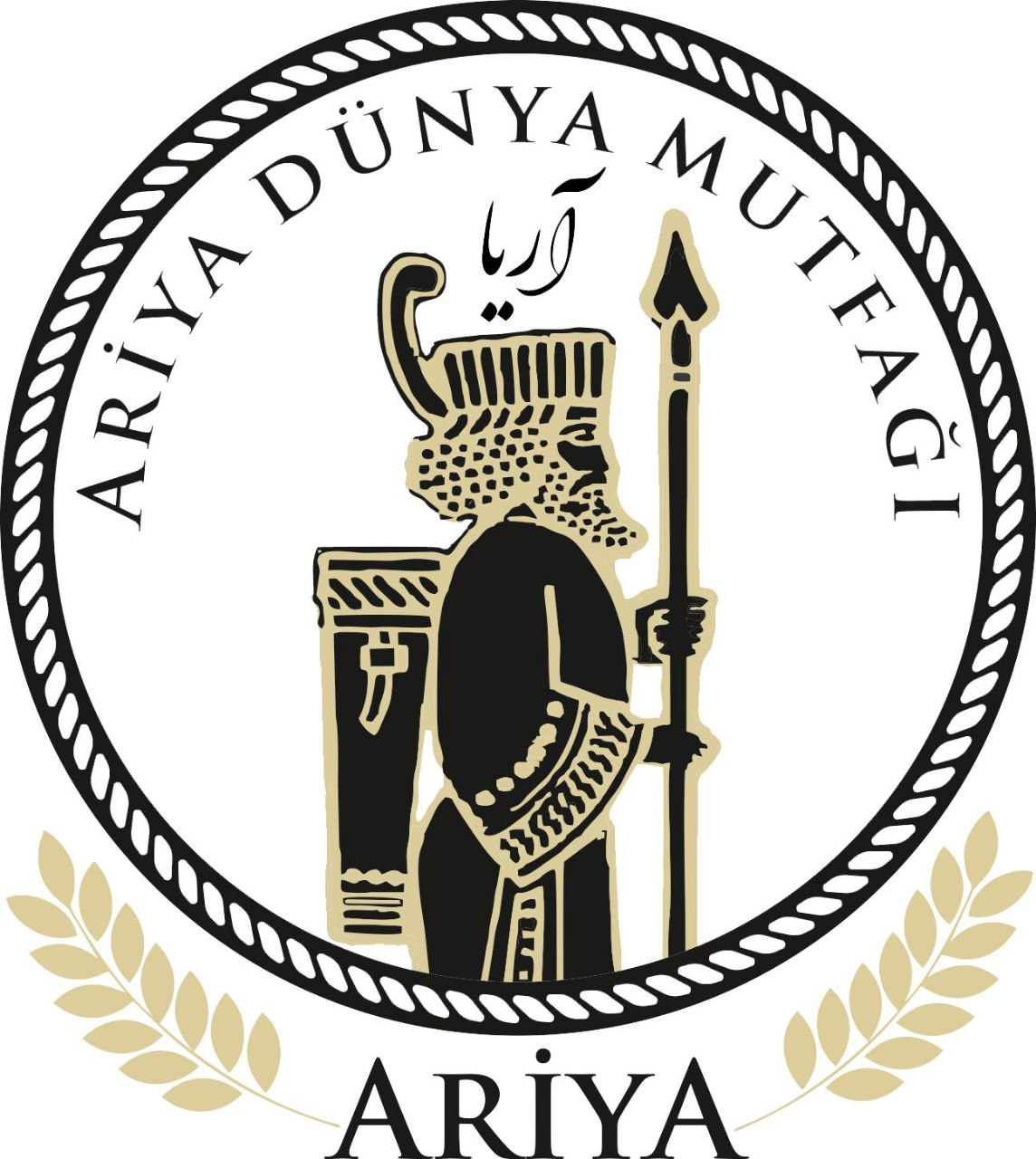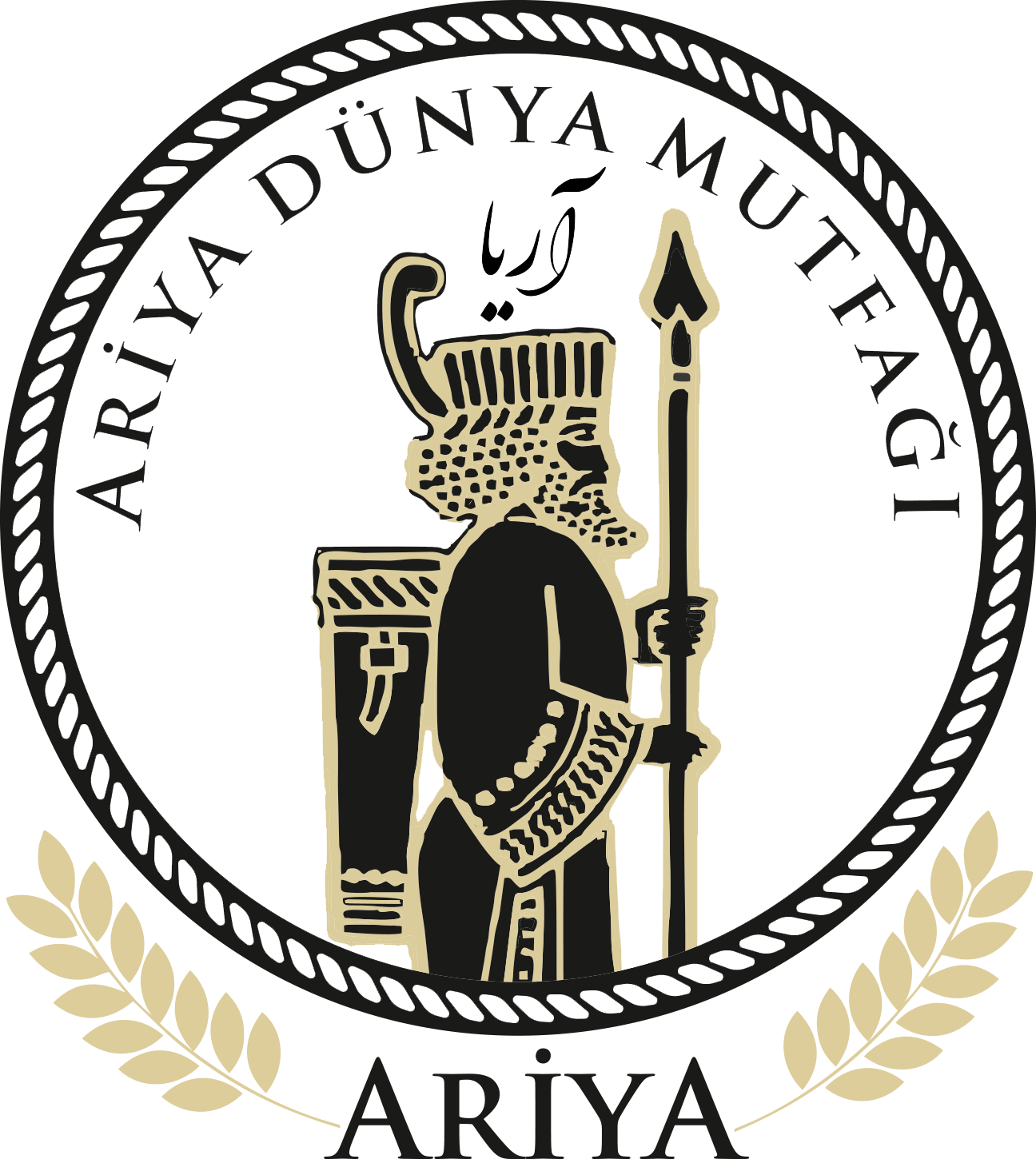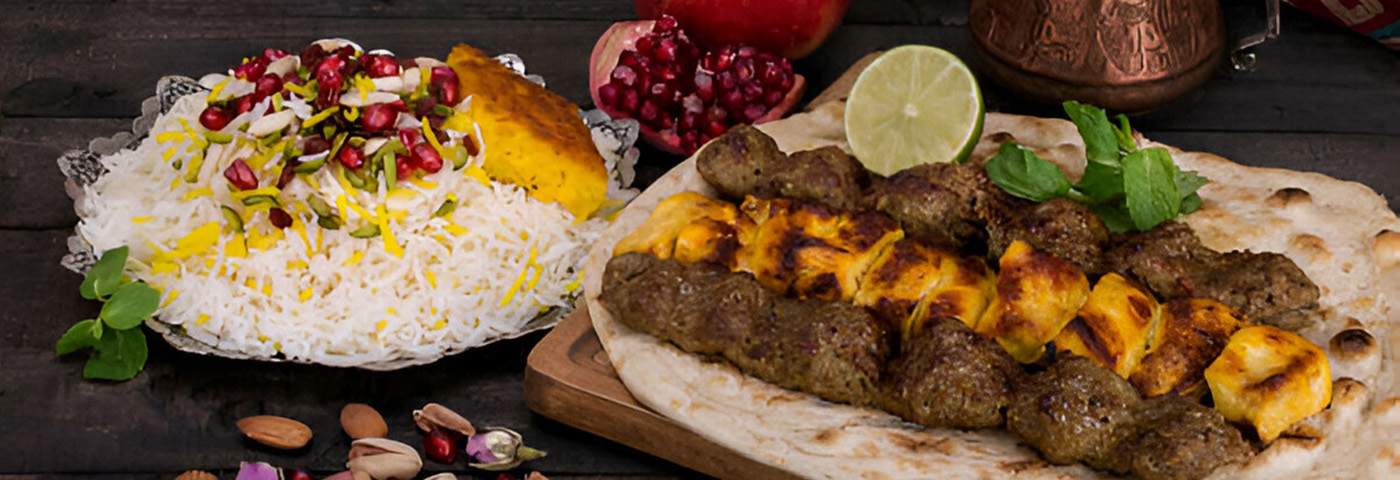Iran’s local dishes are renowned for their rich flavors, historical significance, and the variety of ingredients used to create them. Whether you're a first-timer or a seasoned fan of Persian food, this guide will help you explore the delicious depth of Iran's culinary heritage. Iran’s cuisine is a celebration of tradition, with every dish carrying its own story. From hearty stews to tender kebabs, this guide to Iran's best local dishes is designed to introduce you to the true flavors of the country.
Introduction to Iranian Cuisine
Iranian cuisine offers a beautiful blend of history, geography, and culture. The food is influenced by ancient Persian traditions and the diverse landscapes of the country, from the deserts of the central plateau to the lush, green provinces in the north. Iranian cooking focuses on the balance of flavors, textures, and colors, with a distinct preference for fresh herbs, spices, and fruits.
The Cultural and Historical Roots of Iranian Food
Iran's food culture dates back thousands of years. The ancient Persians valued the art of cooking and believed food was not just for sustenance but a way to honor the gods. Many dishes, like pilaf (polow), are said to have originated in ancient Persia and have been passed down through generations.
Unique Features of Persian Cooking
Persian cooking is centered around creating harmony between sour, sweet, salty, and savory flavors. Ingredients like saffron, dried fruits, and nuts are often combined with meats and vegetables to create dishes that are as complex as they are satisfying.
Essential Ingredients in Iranian Cooking
To truly understand the beauty of Iranian cuisine, one must get familiar with its core ingredients. Persian dishes are defined by their use of aromatic herbs, fragrant spices, and vibrant fruits.
Saffron: The Golden Spice
Saffron is one of Iran's most famous exports, and it's a key ingredient in many Iranian dishes. It adds a delicate aroma, a rich color, and a subtle flavor that is truly unique. It's used in everything from rice dishes like zereshk polo (barberry rice) to stews like fesenjan (pomegranate and walnut stew).
Pomegranates and Sour Notes
Pomegranates are a staple in Persian cooking, and their sweet-tart flavor is used to balance the richness of meats and stews. In addition to pomegranate, sour ingredients like tamarind, lemon, and sumac also play a significant role in Iranian dishes, adding brightness and depth.
Fresh Herbs: The Backbone of Persian Dishes
Fresh herbs such as parsley, cilantro, mint, and dill are fundamental in Persian cuisine. They are not just garnishes but integral components of dishes, offering freshness and a burst of flavor that is synonymous with Persian meals.
Famous Appetizers in Iranian Cuisine
Iran’s appetizers, or meze, are varied, flavorful, and often served as the perfect introduction to a meal.
Kashk-e Bademjan (Eggplant Dip)
A classic Persian appetizer, kashk-e bademjan is a smoky, creamy eggplant dip made with kashk (fermented whey), onions, garlic, and various spices. It's often served with warm, freshly baked bread and is a crowd favorite.
Mast-o Khiar (Yogurt with Cucumber)
This refreshing dish features yogurt mixed with cucumber, mint, and sometimes garlic. It's light, cooling, and a perfect accompaniment to rich, spicy dishes.
Dolmeh (Stuffed Grape Leaves)
Dolmeh are grape leaves stuffed with a mixture of rice, herbs, and ground meat. They are often seasoned with spices like cinnamon and dried lime, offering a delightful combination of tangy, savory, and herbal notes.
Iconic Iranian Soups and Stews
Iranian soups and stews, or khoresht, are hearty and deeply flavorful. They often feature slow-cooked meats, vegetables, and complex spice blends.
Ash Reshteh: A Hearty Noodle Soup
A traditional Persian soup made with herbs, beans, noodles, and sometimes meat, ash reshteh is a filling, flavorful dish often served during the colder months. The soup is topped with kashk, fried onions, and garlic for added flavor.
Fesenjan: A Walnut and Pomegranate Stew
One of Iran's most famous stews, fesenjan is made with chicken or duck, ground walnuts, and pomegranate molasses. It’s a perfect balance of sweet and sour, and it's typically served over steamed rice.
Gheimeh: A Flavorful Split-Pea Stew
Gheimeh is a comforting stew made with yellow split peas, beef, and tomatoes. It's flavored with dried lime and turmeric and is often topped with fried potatoes, making it a satisfying meal.
Celebrated Iranian Kebabs
Iran is known for its tender, juicy kebabs, which are often served with rice and vegetables.
Koobideh: Ground Meat Kebab
Koobideh is a popular Iranian kebab made from ground lamb or beef mixed with onions, spices, and sometimes turmeric. It's known for its flavor-packed profile and tenderness.
Joojeh Kebab: Saffron-Marinated Chicken
Joojeh kebab features chicken marinated in saffron, yogurt, and spices. The result is a flavorful and aromatic kebab that's often served with rice and grilled tomatoes.
Shishlik: Lamb Chops
For those who enjoy a rich, meaty kebab, shishlik (grilled lamb chops) is the perfect dish. The meat is marinated and grilled to perfection, with a delicious smoky flavor.
Rice Dishes: The Heart of Persian Meals
Rice is a central part of Persian cuisine, and many Iranian dishes revolve around this essential ingredient.
Chelo: Perfect Steamed Rice
Chelo is the traditional method of preparing rice, where it's steamed until fluffy, with a crisp crust (tahdig) formed at the bottom. It’s often served as a base for kebabs and stews.
Tahchin: Crispy Rice Cakes
Tahchin is a savory rice cake made with saffron, yogurt, and chicken, all layered together and baked until the top forms a crispy crust. It’s a comforting and satisfying dish.
Zereshk Polo: Barberry Rice
This dish combines basmati rice with tangy barberries, creating a balance of sweet and sour flavors. It’s commonly served with chicken and is a favorite at Persian feasts.
Bread in Iranian Cuisine
Bread, or nan, is an essential part of Iranian meals, and each type has its unique flavor and texture.
Lavash: Thin Bread
Lavash is a soft, thin flatbread commonly served with appetizers, stews, and kebabs. It’s often torn into pieces and used to scoop up food.
Sangak: Stone-Baked Bread
Sangak is a whole wheat bread traditionally baked on a bed of hot pebbles. It’s slightly chewy and perfect for dipping into stews or wrapping around grilled meats.
Barbari: Thick and Fluffy Bread
Barbari is a thicker, fluffier bread, often baked with sesame seeds on top. It’s perfect for breakfast or as an accompaniment to meat-based dishes.
Persian Desserts: Sweet Endings
Iranian desserts are aromatic, sweet, and often infused with ingredients like saffron, rosewater, and pistachios.
Baklava: A Pistachio-Filled Treat
Baklava is a layered pastry filled with nuts, usually pistachios, and sweetened with syrup or honey. This crunchy, syrupy treat is beloved in Iran and the wider Middle Eastern region.
Sholeh Zard: Saffron Rice Pudding
This creamy rice pudding is flavored with saffron and rosewater, creating a fragrant and delicately sweet dessert that’s often garnished with cinnamon and pistachios.
Faloodeh: A Refreshing Frozen Dessert
Faloodeh is a frozen dessert made from thin rice noodles, rosewater, and sugar, served with lime juice and often topped with pistachios. It's particularly refreshing in the summer months.
Drinks to Pair with Iranian Meals
Iran’s drinks complement its food perfectly, from refreshing yogurt drinks to strong, aromatic teas.
Doogh: A Savory Yogurt Drink
Doogh is a yogurt-based drink, flavored with herbs and salt. It’s traditionally served cold and is a perfect accompaniment to spicy dishes.
Persian Tea: A Cultural Ritual
Iranian tea is an essential part of Iranian culture. It’s typically served strong and black, often with sweets like baklava or zoolbia.
Sharbat: Traditional Flavored Syrups
Sharbat is a sweet drink made from fruit juices or flower extracts like rose or elderflower, mixed with water and sugar. It’s often served chilled in the summer.
Regional Variations in Iranian Cuisine
Iran’s vast geography has led to diverse regional cuisines, each with its own distinct flavors.
Northern Delicacies
In northern Iran, dishes often feature seafood and fresh herbs. The region's coastal climate leads to dishes with a lighter, more aromatic profile.
Southern Seafood Flavors
Southern Iran boasts rich, spicy seafood dishes. Spices like turmeric, cumin, and dried lime are essential in these coastal dishes.
Western Kurdish Influences
Western Iran has a strong Kurdish influence, with dishes like kebab and kuku sabzi (herb frittata) playing a significant role in the region’s cuisine.
Celebratory Dishes and Their Significance
Iranian food is often tied to celebrations and special occasions. Some dishes are particularly significant during Iranian festivals.
Sabzi Polo Mahi for Nowruz
During Nowruz (the Persian New Year), sabzi polo mahi (herbed rice with fish) is a must-have dish. The herbs symbolize rebirth, while the fish represents abundance.
Yalda Night Treats
Yalda Night, celebrating the winter solstice, is marked by fruits like watermelon, pomegranate, and nuts. Special sweets are also made for this occasion.
Wedding and Feast Dishes
At weddings and large feasts, dishes like fesenjan, koobideh, and chelo are often served, marking the importance of hospitality and abundance.
Modern Twists on Traditional Recipes
While traditional Persian recipes are still popular, modern chefs are adding new twists to old favorites.
Fusion Adaptations
Some chefs blend Iranian flavors with international ingredients, creating fusion dishes that maintain the essence of Persian cuisine while introducing new elements.
Vegetarian and Vegan Options
With the rise of vegetarian and vegan diets, many classic Iranian dishes have been adapted. Khoresht-e Fesenjan and kebab can easily be made plant-based, proving that Persian food can be enjoyed by everyone.
Tips for Exploring Iranian Food
To truly enjoy Iranian food, you must be open to trying new flavors and combinations.
Where to Find Authentic Ingredients
Visit Persian markets or specialty stores to find the spices, herbs, and other ingredients essential to Iranian cuisine. Fresh herbs, pomegranate molasses, and saffron are vital to recreating authentic Persian dishes.
How to Enjoy Traditional Meals
Iranian meals are typically shared family-style, with everyone gathering around a large table. Savor each dish slowly, appreciating the flavors, and don’t forget to sip on tea between courses.
Ariya Restaurant: A Hub for Authentic Persian Cuisine
If you're looking for an authentic Persian dining experience in Istanbul, Ariya Restaurant is the place to go. Located in the Ayazağa area, Ariya offers a menu packed with traditional Iranian dishes made with fresh ingredients and love.
Why Ariya is the Go-To Place in Istanbul
Ariya Restaurant brings the tastes of Iran to Istanbul with a menu that includes all your Persian favorites, from kebabs to stews to aromatic rice dishes. The warm hospitality and cozy ambiance make it the perfect place for a family gathering or a special night out.
Menu Highlights
Some of the must-try dishes at Ariya include koobideh, fesenjan, and zereshk polo. Don’t forget to end your meal with a refreshing glass of doogh or a cup of traditional Persian tea.
Iran’s local dishes are a journey through history, culture, and flavor. From aromatic stews to tender kebabs and refreshing desserts, Iranian food has something for everyone. Whether you're dining at Ariya Restaurant in Istanbul or cooking at home, the flavors of Iran are sure to leave a lasting impression.
Frequently Asked Questions About Iranian Food
What makes Iranian cuisine unique?
Iranian cuisine is unique because of its balance of flavors, extensive use of fresh herbs, and the delicate use of spices like saffron. Dishes are often designed to bring together sour, sweet, and savory notes.
How do I pair drinks with Persian meals?
Try pairing rich stews with doogh (yogurt drink) or aromatic Persian tea. For a lighter meal, a refreshing sharbat is an excellent choice.
What are the must-try dishes for beginners?
For beginners, start with koobideh, chelo kebab, and fesenjan. These dishes give you a great introduction to the flavors of Persian cuisine.
